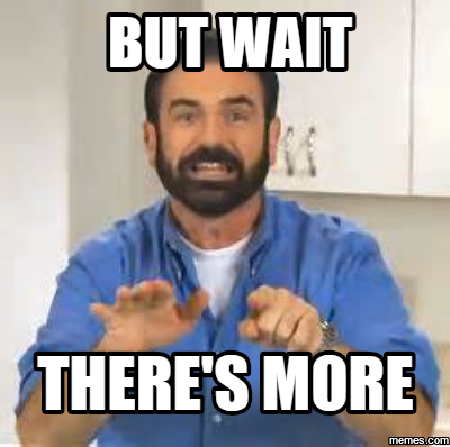In my first blog post, my definition of Digital Humanities was “TBA”. To be completely honest, I did not fully understand or comprehend the weight that Digital Humanities would have on my life and how much of an integral part it would have in my future academic studies.
To redefine Digital Humanities now, I would like to start out with a definition of Humanities from Standford.
“The humanities can be described as the study of how people process and document the human experience.”
Digital Humanities is a new birth of Humanities, trying to be freed from the formal “academics only” stigma of traditional Humanities. What comes to my mind when I think of a comparison of Digital Humanities is Star Trek. It is a new field, there is so much to explore and create but we aren’t doing it to conquer, but to explore and add to the wealth of knowledge that is already out there. We are not creating a new world, we are just adding to parts of the old one. The core of Digital Humanities is still the same; to explore what makes us human and what connects us to each other. But the way that we are approaching it is different and our values are different as well.
To compare to Star Trek once again, the difference of traditional Humanities and Digital Humanities are like the differing goals of exploration for the Age of Exploration in the 16th century and Star Trek Exploration in the 23rd century. Like the goals of Exploration in the 16th century were things like: spread of religion, to attain wealth and exotic riches, and to spread imperial power. These are also true of what you can say of traditional Humanities because they have been around since the Age of Exploration and even before that. The goals of 23rd century exploration are: “to explore strange new worlds, to seek out new life and new civilizations, to boldly go where no man has gone before”. Exploration while embracing the diversity that has been brought to the forefront of Humanities.
“Star Trek was an attempt to say that humanity will reach maturity and wisdom on the day that it begins not just to tolerate, but take a special delight in differences in ideas and differences in life forms.”
-Gene Roddenberry
I believe we have reached that point to where we not only praise diversity but when diversity is lacking we call it out and address it, especially in the field of Digital Humanities. One of the core values of Digital Humanities is diversity, not only in subject matter, but in people. Part of diversity is accessibility. Traditional humanities has the stigma of old white men because for centuries only old white men formally studied humanities, it was only accessible to them. One of the values of Digital Humanities that I find very important and very inspiring about Digital Humanities is the importance placed on accessibility and how anyone can access and anyone can do Digital Humanities.
Through this fellowship I have learned that Digital Humanities is not “TBA”, it is a defined field of diversity and exploration into what connects us as humans and how we can make that accessible to everyone, not just Humanists or Digital Humanists.
Kirk out.


